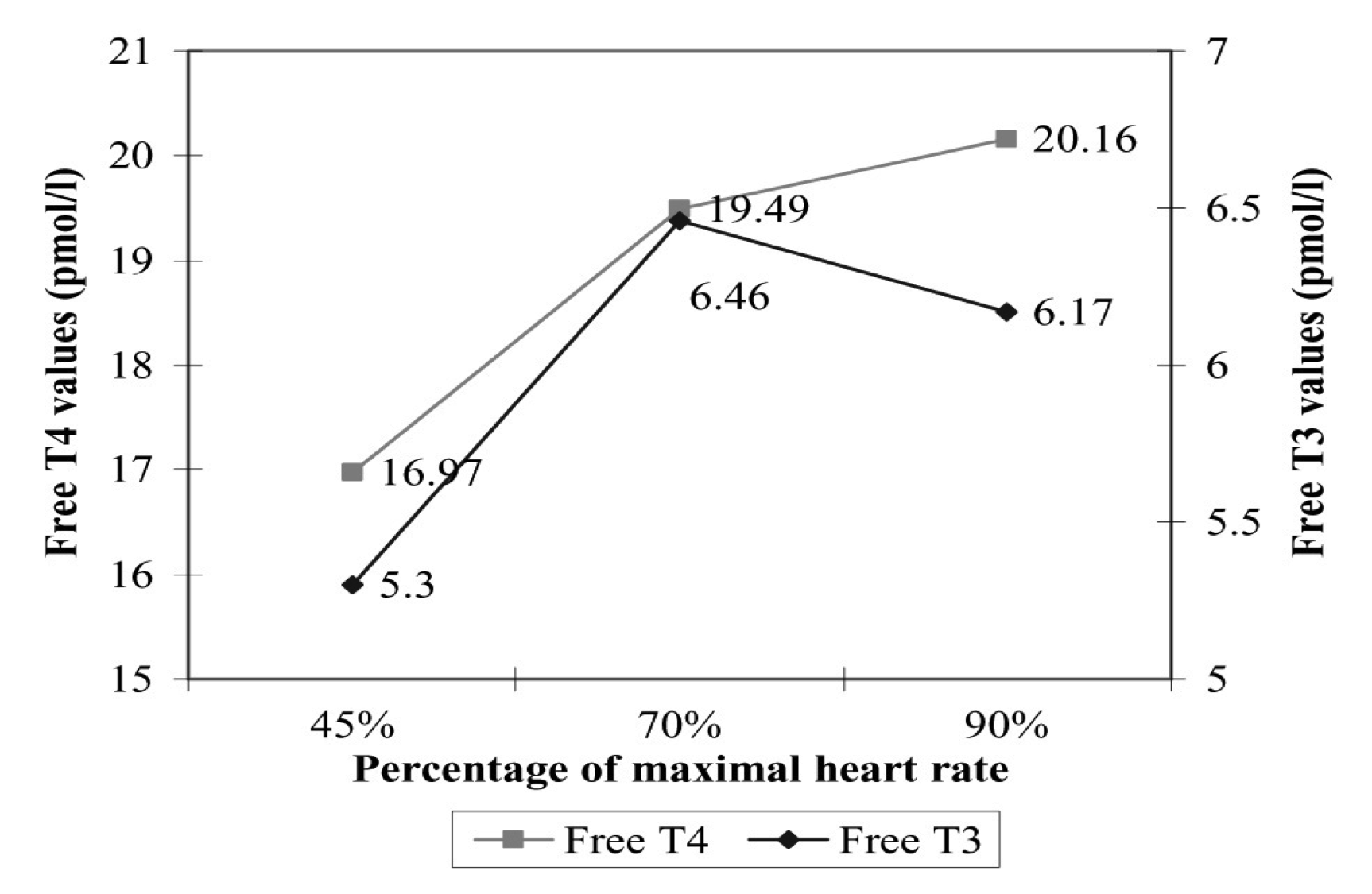(Fitness) Myth Busters
Every day I wake up, make myself a bowl consisting of greek yogurt and organic granola, and a latte made with either almond milk or coconut milk, and check out what’s happening in the world of Facebook, Twitter, and a couple different news websites to see what’s going on in the world.
Bynum had a triple double with points, block and rebounds? Beast.
The Dictator looks like it may actually be funny. Who knew?
Who keeps tagging me in bloody shoe posts on Facebook??
Hang on….. wait, what the……someone did something they call Tabata’s with body-weight squats? Oh sweet Jeebus this is just plain wrong.
I get a chance to see and hear some complete and utter bogusness when it comes to health and fitness, and it always makes me die a little inside when someone tries to sell their own brand of crazy to others with a completely straight face about why baby food is the next dieting solution to getting super-skinny and not being too bulky, or how drinking shakes is the next way to healthy weight loss AND financial security with a purdy new bimmer!!
In addition to this there’s a show on tv called Myth Busters, where a couple guys try to blow things up in order to prove something about some concept using sometimes faulty or incomplete logic and a lot of napalm. Plus no man has ever looked good in a handlebar moustache and beret. So today I wanted to showcase some of the more “slam my face into the keyboard” kinds of fitness myths and show why they’re completely out to lunch. Get ready to laugh, cry and vomit a little in your mouth when you hear the kinds of things people want to believe in. And I’ll complete it by wearing all Under Armour, with no beret.
Myth #1: Your Tabata’s aren’t anything close to Tabata’s
A popular thought process about intense workouts is that a Tabata involves performing 20 seconds of intense exercise with a 10 second rest, repeating for a total of 8 intervals. Sure, this sounds all well and good, but it ain’t Tabata’s yo.
The original research published by Izumi Tabata in 1996 talked about the benefits of performing supramaximal cycling on improving VO2 max. This involved working at an intensity of 170% VO2 max for the intervals prescribed, 5 days per week. For instance, if someone had a VO2 max at an intensity of 200 watts, they were made to pedal at 340 watts. Or in other words in a completely mind-bendingly intense interval. This protocol showed a rapid increase in VO2 max in speed skaters, but has since been extrapolated to being considered a fantastic method for fat loss and overall conditioning.
The downside is that the study had a very specific percentage of intensity, which is typically not adhered to in any form of Tabata’s where workload isn’t being directly measured. Your dumbell side raises aren’t Tabata’s, regardless of whether you do them for 20 seconds on 10 seconds off or not. I wrote about the specifics of Tabata’s and how to determine correct intensities for bikes and treadmills HERE. If you’re doing sets of squats, lunges, jumps or anything other than biking or possibly treadmill running, you’re not doing Tabata’s, you’re simply doing density training.
Myth #2: Soreness is Necessary for Muscle Growth
This is one that was taken up by the bodybuilding community decades ago, and one that a lot of people have clung to for years, believing that if they weren’t sore the day after they wouldn’t be able to grow solid and intense muscules.
Brad Schoenfeld just wrote a really in-depth article for the Journal of Strength and Conditioning Research HERE where he goes through a lot of the mechanisms of hypertrophy and how muscle damage may be linked to growing bigger muscles, but he also showed how endurance runners going downhill who have all the muscle of a kite still get soreness, and how some studies show muscle hypertrophy without the presence of soreness.
While there’s no doubt that soreness involves some remodelling of the muscle after the workout, it doesn’t mean that the muscle will grow. It just means you did something novel that your body wasn’t ready for, or that you were involved in a lot of eccentric work. Maybe you’ll grow, maybe you won’t but the soreness isn’t the determining factor for hypertrophy.
Myth #3: Aerobic Exercise isn’t Beneficial
In the Tabata study referenced earlier, the participants completed a 6 week phase of training where they were made to cycle at 70% VO2 max for 30-60 minutes, 5 days per week. They group saw an average increase in VO2 of 5ml/kg/min after this phase, meaning their sub-threshold workouts were actually improving their VO2 max.
A balanced training program involves working all components relatively equally. We wouldn’t hesitate to call someone out for doing 3 upper body pushing exercises and only one upper body pulling exercise, saying it was unbalanced and going to lead to injury, but we routinely do that for energy system training. Aerobic, steady state programming has value in any program, ranging from heart transplant recovery to elite sprinter, to hockey player, to recreational golfer.
The strength of the aerobic system helps individuals recover faster from tissue damage, fatigue and soreness, and helps improve oxygen delivery , capilarization, and fat burning due to the effects of thyroid hormone coupling and activation. Some studies have hypothesized that byproducts of anaerobic metabolism interfere with the activation of inactive T4 to the active T3, which may prevent individuals with suspected thyroid dysfunctions from losing weight when performing intense activities.
While I will be the first to say that spending every workout in the “fat burning zone” for hours on end each and every day may be the fastest way to nowheresville, it should still be a part of the general fitness program. Don’t kick it to the curb like Oscar the Grouch, or you may not find the right balance of energy system training to make you into a beast.
Myth #4: Performing Cardio on an Empty Stomach Burns More Fat
This is a common thought among bodybuilders looking to go through their final preparation phase that somehow carried over into general weight loss. The theory is that by working on an empty stomach, your body has to tap into fat cells faster versus using the food you’ve eaten throughout the day to fuel your workouts. Additionally, since you haven’t eaten in a while you would have lower blood sugar to power through the workouts, meaning you would have to do long slow cardio for hours on end. This would result in a greater body fat loss than conventional methods.
The downside to this thought process is that any type of activity short of being a zombie is going to utilize carbs as an energy source. Your red blood cells, retina, brain and internal organs tend to use carbs as their favorite energy sources. This means your body will create carbs out of available sources (fat, as well as muscle) in order to fuel them properly if you don’t have any carbs in your system, meaning there’s the possibility of losing lean body mass during this kind of cardio.
Additionally, your body will hang on to carb sources for a long time, typically up to three weeks as seen in some competitive body builders and figure competitors who deplete for weeks prior to a contest, as well as some serious malnutrition cases in third world countries who haven’t eaten in weeks. The two are sometimes the same, in all honesty. Performing cardio after having a fast for only 8-10 hours will not result in training on an empty gas tank, just one that hasn’t fired up in a little while.
A better option would be to have good quality foods throughout the day, without a lot of refined starchy carbs or garbage sources of protein, and focus on doing some energy system training in all the zones (sprints, anaerobic intervals, aerobic intervals, and occasionally steady state) instead of spending hours trying to burn 200 calories while walking at 2 miles per hour before breakfast.
Myth #5: I’m Elite
My good friend Tony Gentilcore wrote an awesome piece on how everyone and their dog walks into a gym and thinks their shit don’t stink HERE, and I couldn’t agree more.
While I don’t doubt that getting to the gym 4 or 5 times a week for 40 minutes each time is admirable, and even if you can bench press your body weight or more, back squat twice your body weight, and deadlift 3 times your body weight, you’re still not elite. If you do kipping pullups, burpees, or anything else assanine like that, you’re definitely not elite, you’re simply trying hard.
Elite means you’re one of the top individuals in the world in a given discipline. I’m talking if you’re not snatching over 200 kilos, cleaning 250, deadlifting over 1000 pounds (you read that right, one thousand), bench pressing over 800, or back squatting over 1000, you’re not elite. If you’re not running a sub-2:30 marathon, a sub-10 second 100, or hitting a legit 50 inch vertical jump, you’re not elite. I’m not any of these things, and I’ve never worked with anyone who could do any of these things. Why, you ask? Because there’s only a handful of individuals in the world who can do any of these things, and they tend to prefer warmer climates.
The main reason I say this is when people pick up their recent copy of any muscle magazine and see the workout that Mr. Olympia used to get ready for their recent victory and try to replicate it in themselves, or who look at Lance Armstrong and then go out for a 6 hour ride (subsequently not able to stand, sit or walk for the rest of the week), or who try to hit a world record lift in their third workout ever. If you’ve won a world championship or two, you can pop your collar like a baller all you want.
What works for the best in the world will not work the same for someone who is not at that level, and will definitely not work for someone who is an unsponsored cubicle jockey who doesn’t train (I didn’t say workout, I said “train”) 20 times a week.
That doesn’t mean you can’t be inspired by how amazing their feats are, it just means be somewhat realistic and understand that they are different and you are different, meaning you may not respond well to Ronnie Coleman’s deadlifting workouts. Light Weight BAYBAY!!!!
Hopefully this has been somewhat eye-opening to you as far as some of the out-to-lunch concepts I see on a daily basis. There’s a lot more out there, but these are the top ones I see most routinely.
What are your favorite fitness myths? Drop a comment below and let’s have a discussion on it.



15 Responses to (Fitness) Myth Busters